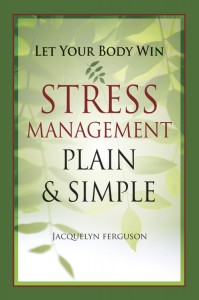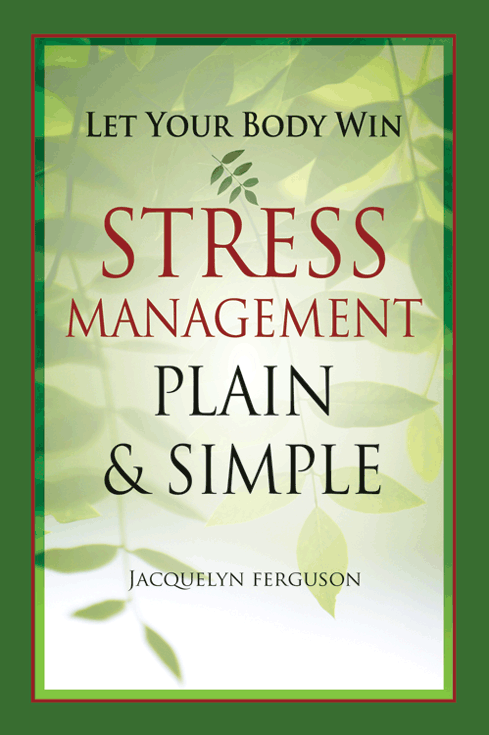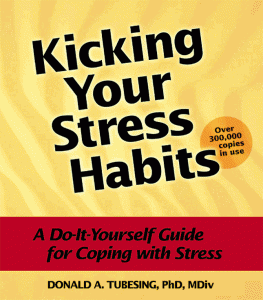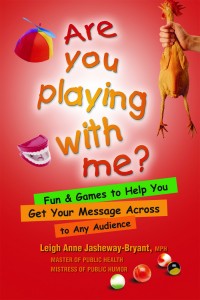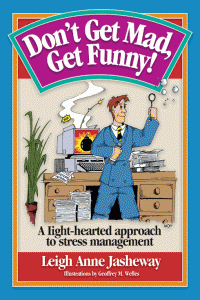How can we end barriers to mental health treatment and reduce the stigma associated with it?
An article published on the Substance Abuse and Mental Health Services Administration website states that “In 2010, the Affordable Care Act extended health insurance coverage to individuals aged 19 to 25 whose parents had employer-sponsored private insurance. Thanks to this extended coverage, more young adults have access to mental health and substance abuse treatment services through their parents’ employer-sponsored health insurance.”
The article goes on to say that from 2004-2012, average yearly treatment costs for 19-25-year-olds who received mental and substance use treatment remained constant at approximately $1,600. However, the source of those payments changed significantly. Private insurance took on a much larger share, increasing from $520 to $822 annually, while treatment paid by Medicaid and other public sources (such as Medicare, Veterans Affairs/Civilian Health and Medicaid Program for Uniform Services) declined from $698 to $417. (February 16, 2016) Retrieved from http://blog.samhsa.gov/2016/02/18/more-young-adults-use-private-insurance-for-behavioral-health-treatment-following-the-acas-dependent-coverage-mandate/#.VsspKPkrI5c. February 22, 2016.
Although this data indicates that private insurance is covering more of the cost for those seeking treatment, there is not a corresponding statistic that shows an increase in young adults seeking mental health care. Is that because there aren’t more young adults who need mental health or substance abuse care? Are there significant barriers for those who seek mental health treatment?
Joel L. Young M.D. in Addressing Mental Health Treatment Barriers (January 29, 2014) https://www.psychologytoday.com/blog/when-your-adult-child-breaks-your-heart/201401/addressing-mental-health-treatment-barriers published on Psychology Today’s blog page lists the following barriers to seeking mental health treatment for people of any age:
- Refusing Treatment – I don’t want/need help.
- Balancing Life and Treatment – I don’t have time.
- Financial Issues – I can’t afford it.
- Family Support – I’m the screw up of my family. My family doesn’t want to admit I have a mental illness.
- Geographic Barriers – There isn’t any place to receive treatment that I can get to.
- Finding the Right Treatment – I can’t find a therapist that I can work with.
Another barrier to seeking treatment must not be overlooked. Stigma. Refusing treatment, balancing life and treatment, a lack of family support are frequently the result of the stigma of mental illness, and the “Black Sheep” point of view are informed by that stigma. It seems incredible that in this age of enlightenment, of ready access to the internet, and of celebrity espousal of the cause, the stigma of mental illness and substance abuse is still so prevalent. Retrieved from https://www.psychologytoday.com/blog/when-your-adult-child-breaks-your-heart/201401/addressing-mental-health-treatment-barriers. February 22, 2016.
Here are some suggestions of how to help from an article found on Shatter the Stigma Mend the Mind found at http://www.mendthemind.ca/stigma/seven-important-things-we-can-do-reduce-stigma-and-discrimination, on February 22, 2016.
1. Know the facts.
Educate yourself about mental health problems. Learn the facts (“Top 11 Myths about Mental Illness”) instead of the myths. Visiting our website is a great place to start!
2. Be aware of your attitudes and behaviour
We’ve all grown up with prejudices and judgmental thinking. But we can change the way we think! See people as unique human beings, not as labels or stereotypes. See the person beyond their mental illness; they have many other personal attributes that do not disappear just because they also have a mental illness.
3. Choose your words carefully
The way we speak can affect the way other people think and speak. Don’t use hurtful or derogatory language.
4. Educate others
Find opportunities to pass on facts and positive attitudes about people with mental health problems. If your friends, family, co-workers or even the media present information that is not true, challenge their myths and stereotypes. Let them know how their negative words and incorrect descriptions affect people with mental health problems by keeping alive the false ideas.
5. Focus on the positive
People with mental health and substance use problems make valuable contributions to society. Their health problems are just one part of who they are. We’ve all heard the negative stories. Let’s recognize and applaud the positive ones.
6. Support people
Treat people who have mental health problems with dignity and respect. Think about how you’d like others to act toward you if you were in the same situation. If you have family members, friends or co-workers with substance use or mental health problems, support their choices and encourage their efforts to get well.
7. Include everyone
In Canada and the US, it is against the law for employers and people who provide services to discriminate against people with mental health and substance use problems. Denying people access to things such as jobs, housing and health care, which the rest of us take for granted, violates human rights.
Speak up when you hear someone using stereotypical statements and/or making derogatory remarks about folks with mental illness. Keeping quiet is tacitly agreeing to what is being said. Sometimes it takes courage to speak up, but it is your duty to do so.
Click here to go to the National Alliance of Mental Health’s graphic describing how children and teens are affected by mental health issues.
Check out these websites. They offer great information and ideas for stamping out the stigma of mental illness.
http://bringchange2mind.org/
https://www.nami.org/stigmafree
http://www.mayoclinic.org/diseases-conditions/mental-illness/in-depth/mental-health/art-20046477
https://www.psychologytoday.com/blog/brick-brick/201405/the-stigma-mental-illness-is-making-us-sicker
http://www.huffingtonpost.com/dustin-demoss/combating-the-stigma-of-m_b_6834980.html
https://wholeperson.com/store/mental-health-stigma.shtml






